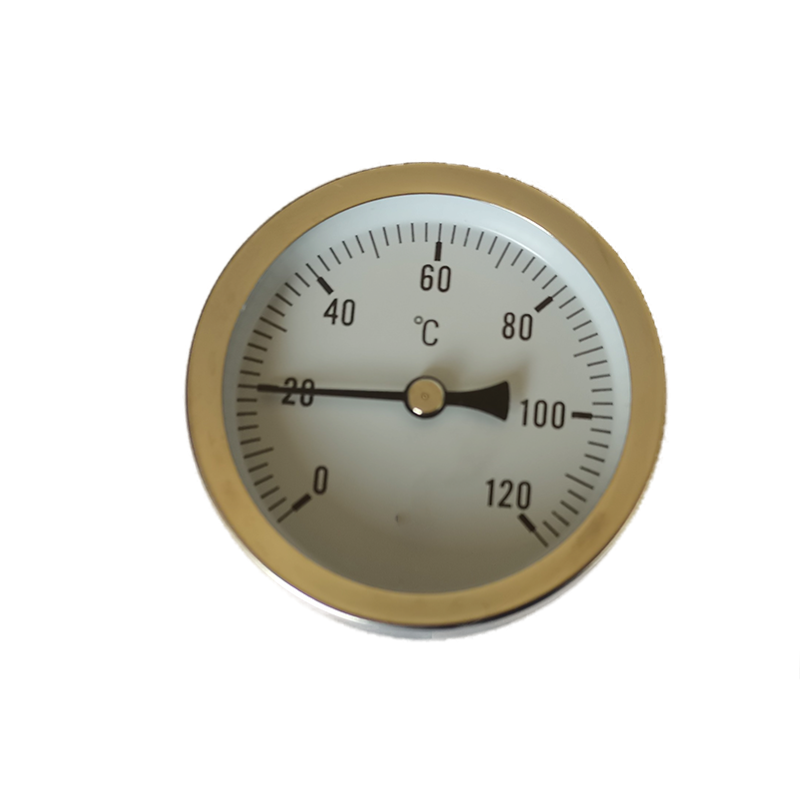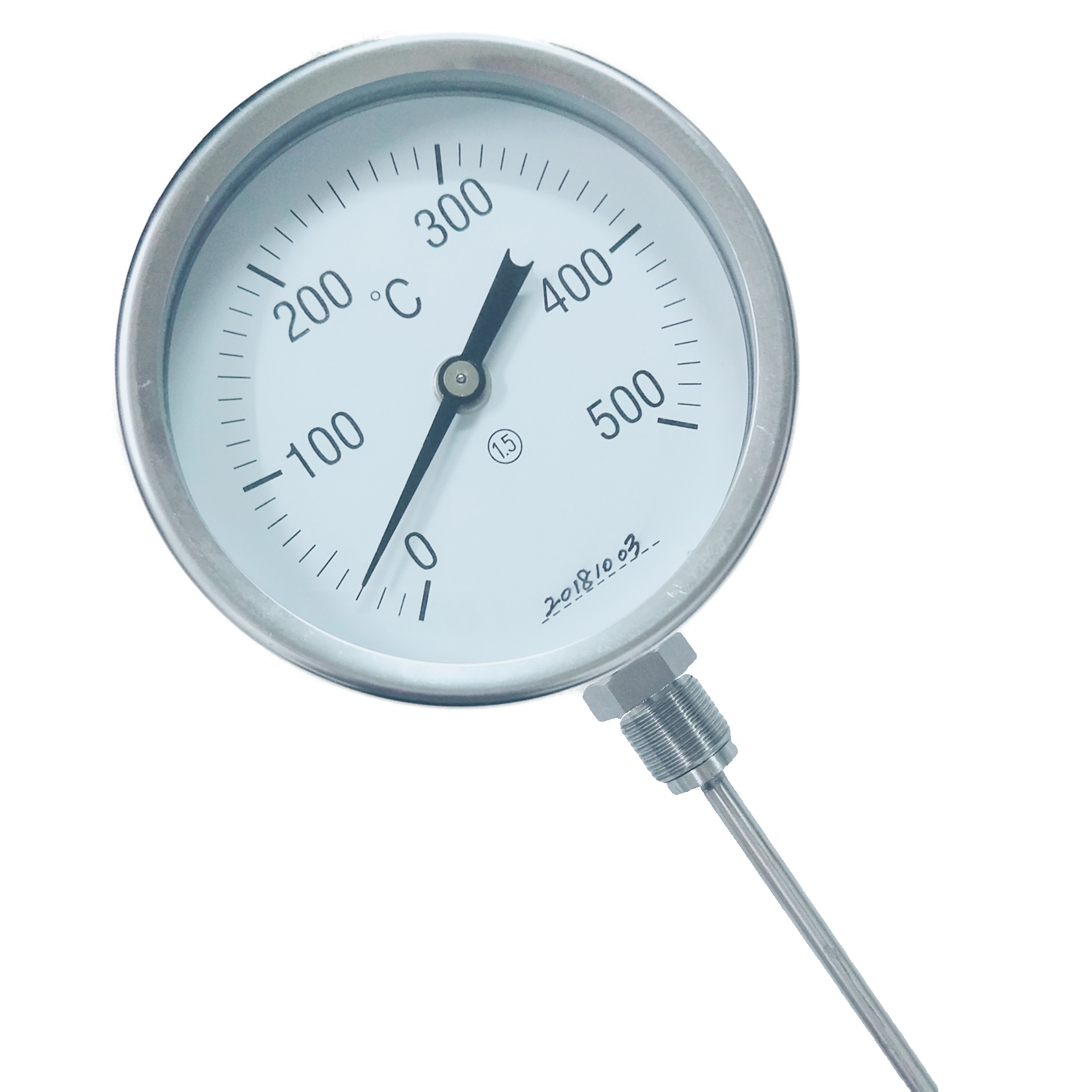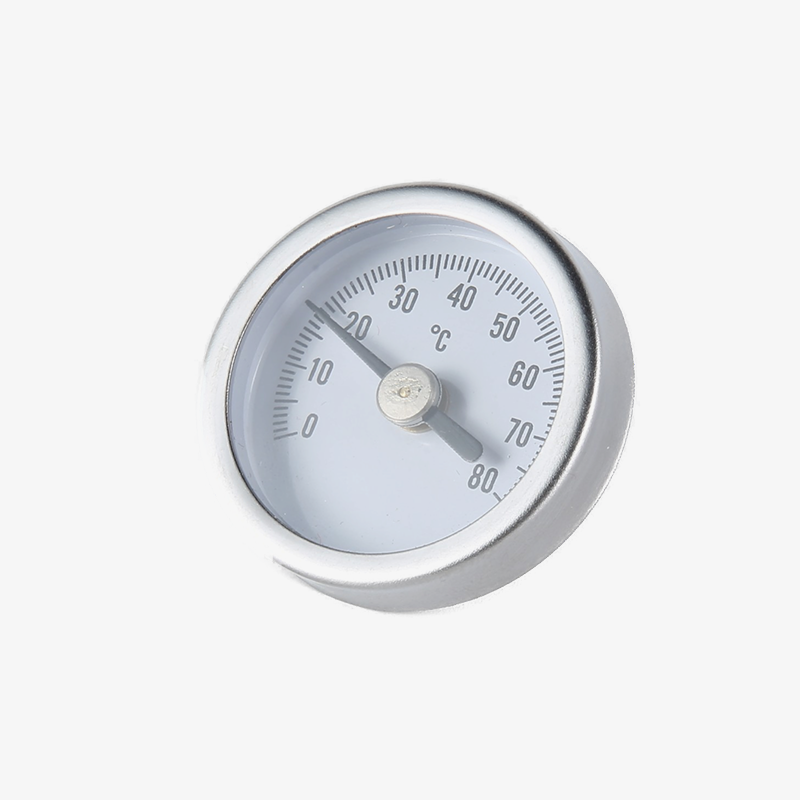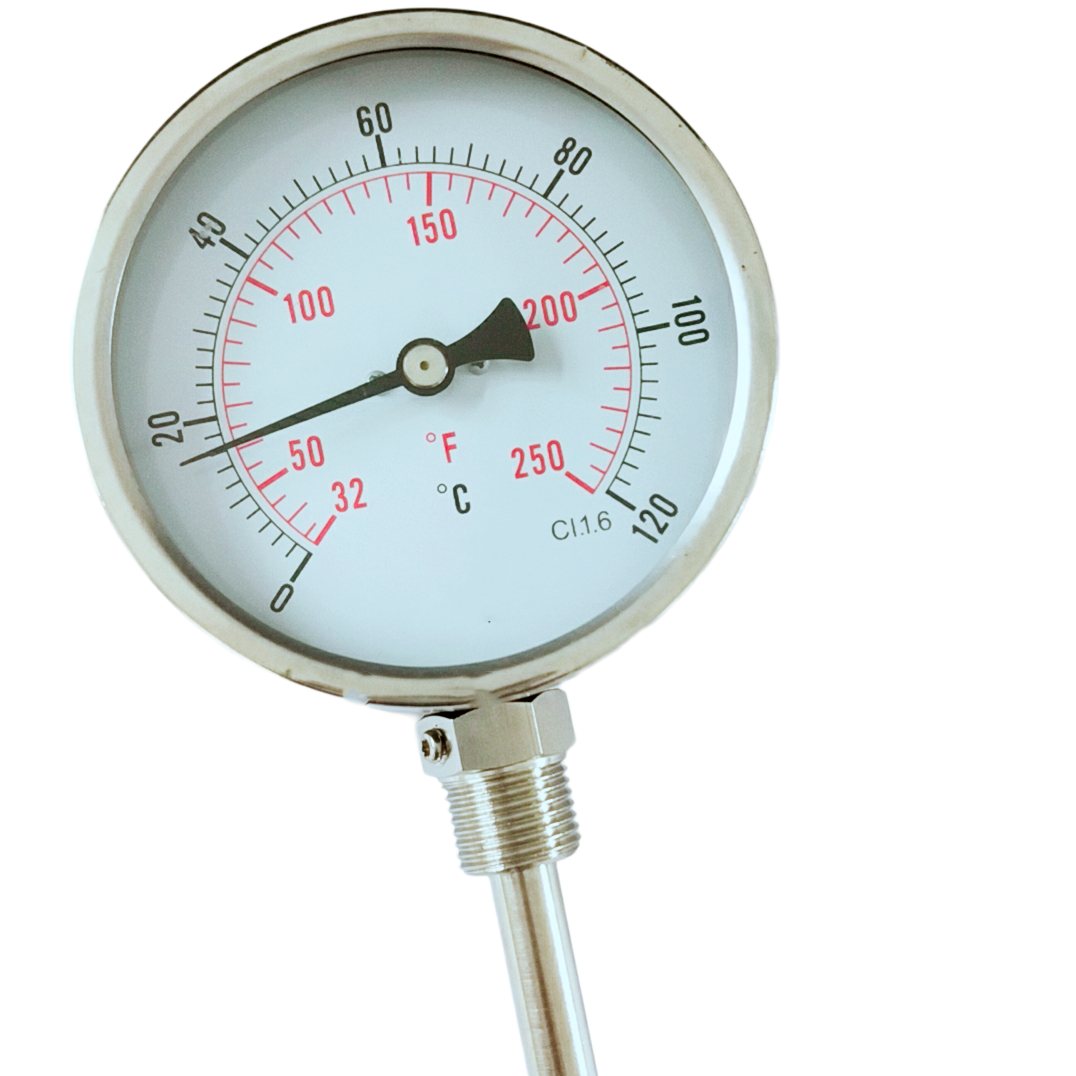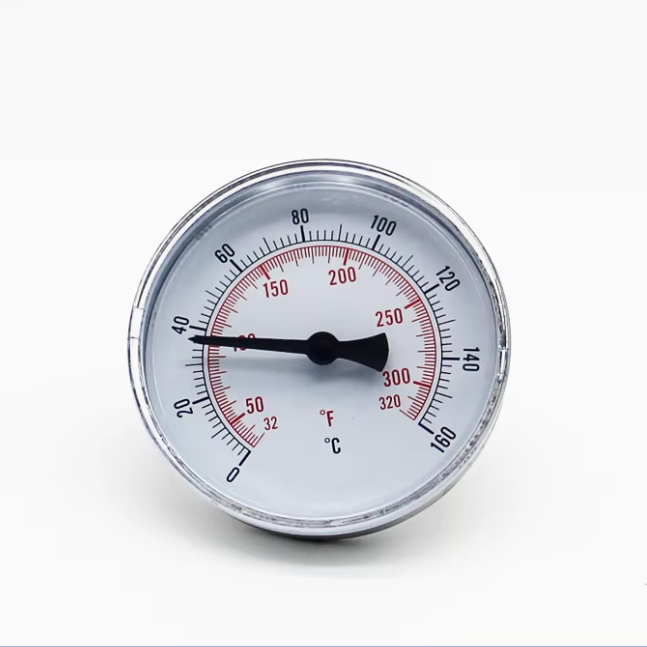Email format error
Email cannot be empty
Email already exists
6-20 characters(letters plus numbers only)
The password is inconsistent
Email format error
Email cannot be empty
Email does not exist
6-20 characters(letters plus numbers only)
The password is inconsistent
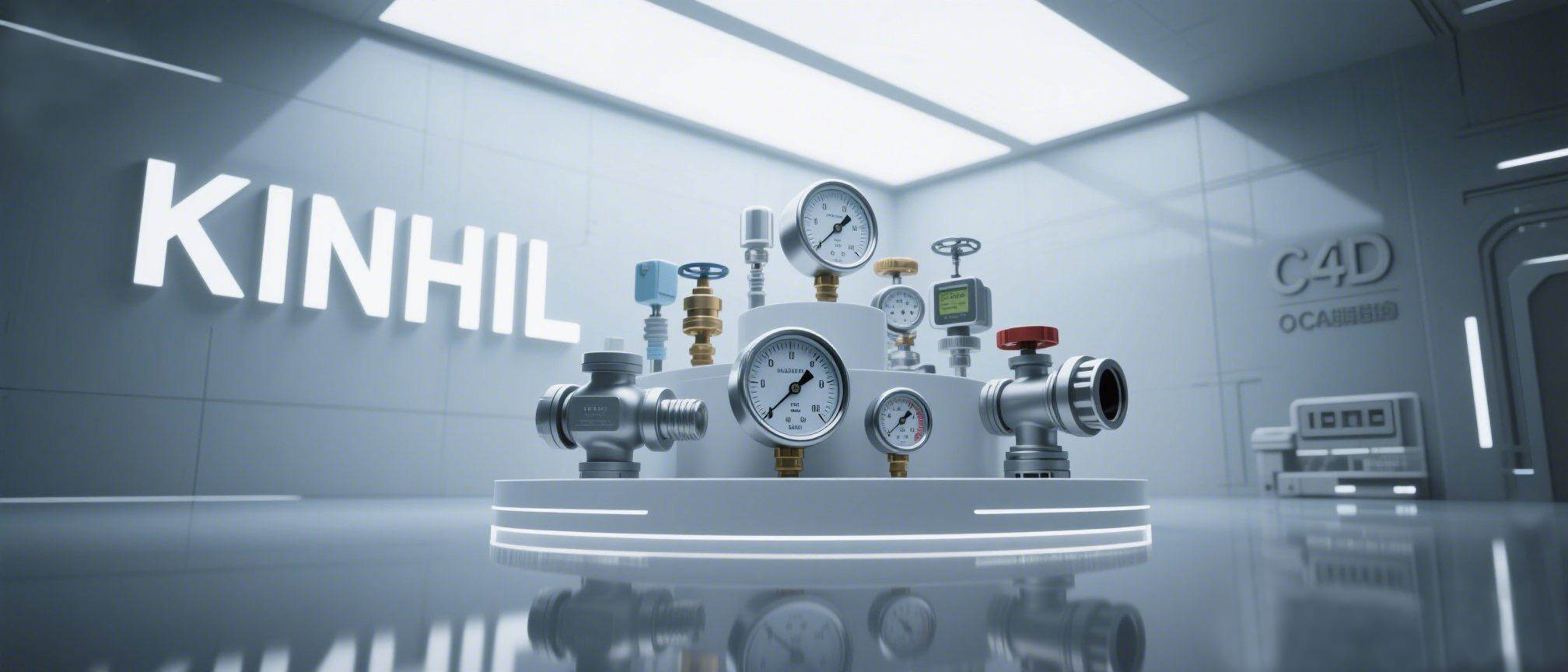
Pipe Thermometer
-
0.00 ~ 0.00/
1/ (Min. Order)
A pipe thermometer is a device used to measure the temperature of fluids (liquids or gases) flowing inside a pipe. These thermometers are essential in various industries, including HVAC, chemical processing, oil and gas, food production, and plumbing.
Types of Pipe Thermometers:
1.Insertion/Probe Thermometers
① A temperature probe is inserted into the pipe through a thermowell (a protective sleeve) or a drilled hole.
② Common types: RTD (Resistance Temperature Detector), Thermocouple, Bimetallic thermometer.
③ Used in high-pressure or high-temperature applications.
2.Surface-Mounted Thermometers
① Attached to the external surface of the pipe using adhesive or clamps.
② Less accurate than insertion types but non-invasive.
③ Often used in HVAC and low-precision applications.
3.Infrared (IR) Thermometers
① Non-contact devices that measure pipe surface temperature using infrared radiation.
② Useful for quick checks but affected by pipe material and external conditions.
4.Dial Thermometers (Bimetallic or Liquid-Filled)
① Mechanical thermometers mounted on pipes via a stem or threaded connection.
② Common in industrial and plumbing applications.
5.Digital Thermometers with Clamp-On Sensors
① Use a sensor clamped onto the pipe for quick readings.
② Often battery-powered with a digital display.
Key Features to Consider:
•Temperature Range – Ensure the thermometer can handle the fluid's temperature.
•Accuracy – Critical for process control (e.g., ±1°C or better).
•Installation Method – Insertion, surface-mount, or non-contact.
•Material Compatibility – Stainless steel, brass, or plastic for corrosive fluids.
•Response Time – Faster for dynamic processes.
•Output Options – Analog dial, digital display, or data logging.
Common Applications:
•Monitoring steam lines in power plants.
•Checking chilled water in HVAC systems.
•Measuring oil/gas temperatures in pipelines.
•Ensuring food safety in processing plants.

